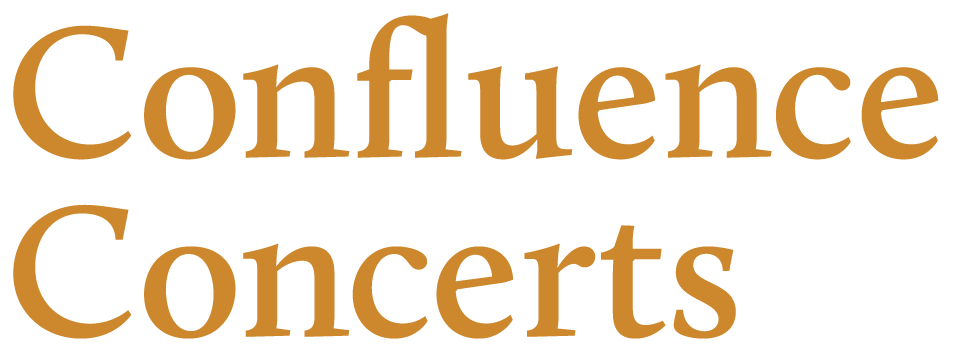The Beethoven String Quartet Project: Op. 18, no. 6
As the necessary home confinement continues today and for the foreseeable future, I have turned to a project I intended to engage in at some point this year: listening to and reflecting upon the magnificent string quartets of Ludwig van Beethoven, who was born 250 years ago. For each of the next 17 days, I hope to post a short paragraph or two on these stimulating pieces.
STRING QUARTET No. 6 in Bb MAJOR, op. 18, no. 6
I listened to the Tokyo String Quartet, recorded in 1995 on the BMG label. It’s available on YouTube.
Allegro con brio https://www.youtube.com/watch?v=8PxkaYk02xE
Adagio ma non troppo https://www.youtube.com/watch?v=VzVBU3vhYV0
Scherzo: Allegro https://www.youtube.com/watch?v=O8_SgtoOz2M
La Malinconia: Adagio https://www.youtube.com/watch?v=ExRJ71aUt1w
Allegretto quasi Allegro https://www.youtube.com/watch?v=8G-pwKpOwG4
The final quartet of opus 18 is a remarkable piece that seems on the one hand to triumphantly wrap up this brilliant collection and, on the other, to look forward a more expansive approach to the form that we will, of course, see in the later quartets. If opus 18 no 5 was Beethoven’s homage to Mozart, this final early quartet seems to nod more to Haydn with regards both texture and theme. With the completion of this quartet, Beethoven honoured his commission by Prince Joseph Franz Maximillian Lobkowitz. They were published in 1801 and Beethoven was not happy with the many typographical errors in the first edition, especially of the last 3 quartets.
I was so happy to find this performance by the Tokyo String Quartet, especially because it allowed me to experience the poised and elegant playing of Canadian Peter Oundjian, who of course played for many years with the Tokyo Quartet before having to give up the violin due to a musculoskeletal stress injury. He went on to become the conductor of the Toronto Symphony Orchestra and enjoys a very successful conducting and teaching career. I enjoyed his playing on this recording so much; such lovely tone and clear articulation and a sense of ease with the musical material that makes it all flow so effortlessly.
The key of Bb major in the hands of Beethoven is serene and nimble and the joyous and bouncy opening of the first movement bears this out. The violin I and cello parts are in thematic dialogue while the violin II and viola parts are the time-keepers. The march-like second theme is stated homo-rhythmically and the exposition drives to a wonderfully virile end. The unison thematic beginning of the development is attention-grabbing and Beethoven uses such inventive techniques in this section, including the close-harmony voice pairings that lead to an inconclusive fermata after which - bang! - we’re back at the recap. The sonorities are gorgeous in the latter half of this movement.
Movement II is a slow, complicated harmonic journey, full of twists and turns. In the warm key of Eb major, it morphs into Eb minor which has another mood entirely. Beethoven explores the myriad options of voice groupings. With each moving part, someone else is sustained and the snaky unison sections and use of lines in octaves really drive the material forward, with slow intensity. We’re beginning to see very specific instructions in the parts, such as “queste note ben marcato” (play these notes marcato or marked/clipped). The section in C major near the end of the movement is unexpected and poignant and the conclusion fades away to nothing with its last pizzicato notes.
The Scherzo-Trio is such fun, full of rhythmic complexity, syncopation and a huge dynamic range. The Trio is in the same key, providing a sense of unity, with a very tricky violin I part, while the other three play legato lines. A brilliant, feisty bridge section brings back the opening Scherzo, galloping along - slightly off-balance - to its quiet end.
The extended last movement (which the Tokyo YouTube recording splits into two parts) has been held up as a turning point for Beethoven’s approach to quartet writing. The opening is entitled “La Malinconia”. Apparently, in the early sketches of the quartet, Beethoven did not intend to include this initial adagio section, but once he decided, according to William Kinderman, the “final integration of the two tempos toward the end of the movement….occupied Beethoven’s thoughts evidently to the exclusion of the main body of the Allegretto”. The gentle opening bars of “La Malinconia” sound a bit like a distant horn call which leads to an extended section of harmonic uncertainty which we will get used to in Beethoven’s later compositional style. It’s transparent writing: mysterious, spooky and sad. He injects further drama by alternating chords at piano and forte dynamic levels and the cello slowly ascends to rest with the others on the dominant chord of the Allegretto.
We’re then catapulted into the 3/8 energetic and giddy Allegretto with great forward motion and a feeling of having returned home after a strange journey. It’s a quasi Rondo with the theme returning always in a slightly altered state. We haven’t entirely shaken off the Malinconia section as it returns in the middle, like a sad memory. The final Prestissimo section sprints to a truly glorious ending.
Larry Beckwith (March 25, 2020)
